Duration
10 Weeks
Role
Visual Designer
Service Designer
Researcher
Team
Tanishq Kalra
Tanya Shah
Shruti VR
Yang
Description
In our "Sustainable Branding for Innovation" class, we focused on developing and implementing sustainable methodologies for innovative products, environments, or services, to transform existing user needs and behaviors into impactful sustainable solutions. As part of the coursework, we were assigned to select both an industry and a specific company or brand operating within that industry.

The Problem
How might we effectively integrate sustainable practices into Disney theme parks, enhancing visitor experiences while fostering awareness of environmental impact both within and beyond park boundaries?

Discover
Define
ERRC
Strategy Canvas
Primary Research
Scenarios
Market Study
Secondary Research
Swot Analysis
AUUDIO Analysis
Ideate
Build
App
Experience
Marketing
Conceptualisation
Secondary Research
Methodology

Market Study
In 2021, Disney Parks & Resorts was the leading amusement or theme park company worldwide in terms of revenue, reporting a total of almost 17 billion U.S. dollars with OCT Limited in China coming in second with 11 billion U.S dollars.
Sources : Research and Market; PR Newswire; Business Wire Statista 2022 ; Statista : Various
$122.50 billion
The amusement parks market is expected to grow to $122.50 billion in 2027 at a CAGR of 3.5%.
Disney theme parks, part of the iconic Disney brand, have a rich history dating back to 1955. The original Disneyland Park opened its gates in Anaheim, California.
They revolutionized the entertainment industry by offering immersive experiences and a world of fantasy and adventure and continue to expand to other parts of the world.
Today, Disney theme parks continue to captivate and inspire visitors, carrying on the legacy of Walt Disney and providing magical moments for generations to come.
The global amusement parks market grew from $67.16 billion in 2022 to $106.57 billion in 2023 at a compound annual growth rate (CAGR) of 58.7%.
$106.57 Billion

CONSUMPTION NUMBERS
6.7M tons
Carbon Emissions Annually
441 Tons
Garbage Produced Daily
244K tons
CO2 Equivalents Annually
51K
Visitors Daily
188M Tons
Straws and stirrers used annually
160K Gallons
Water Used Daily

Sustainable Strategies

UNSDGS
Disney's century-long storytelling legacy now focuses on a sustainable future. Through Disney Planet Possible, they reduce environmental impact, support wildlife care, and inspire action for a brighter world.
Their priority goals are :
Secondary research
SWOT ANALYSIS
insights
Leverage Strong Influence and Nostalgia
Use nostalgia to engage audiences in promoting sustainable values.
Enhance Transparency and Accountability
Enhance transparency regarding environmental impacts and accountability to stakeholders.
Implement Sustainable Material Practices
Opt for sustainable materials in manufacturing to reduce ecological footprint.
Promote Education and Awareness
Develop campaigns to raise awareness about sustainability and address competitiveness gaps through active implementation of sustainable initiatives.
Insight
Comprehensive understanding of environmental and social challenges.
Identification of key areas for improvement: reducing single-use plastic and paper products, promoting waste segregation, minimizing food wastage, and optimizing energy usage.
Outlined actionable steps to enhance sustainability practices.
Prioritization of initiatives aligning with environmental conservation goals and responsible tourism.
Engagement of both visitors and employees in sustainable behaviors.
Implementation of measures to mitigate environmental impact.
Fostering of a positive reputation and strengthening of community relationships.
Contribution to broader conservation efforts.

STRATEGY CANVAS
INsights
ERRC
Utilization of the ERRC Grid and the Strategy Canvas has proven indispensable in our project's strategic planning and execution.
The ERRC Grid facilitated systematic identification of areas for improvement, including the elimination of one-time plastic and paper use, and the elevation of standards with sustainable materials and eco-friendly technologies.
The Strategy Canvas offered a visual depiction of our project's competitive landscape, enabling us to pinpoint opportunities for differentiation and value creation in relation to industry benchmarks and competitors.
Integration of insights from both tools has enabled the development of a comprehensive strategy, enhancing our project's sustainability and positioning us effectively in the market.











